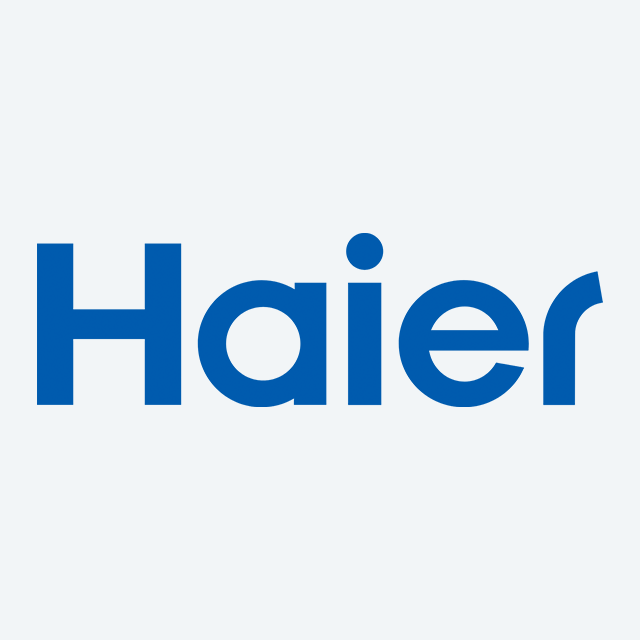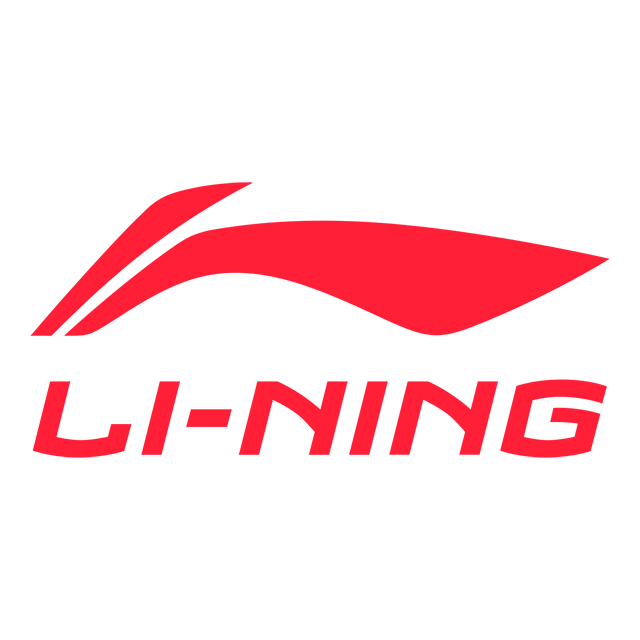Company Analysis Launch Tech Company Limited
1. Summary
Advantages
- Price (11.12 HK$) is less than fair price (13.68 HK$)
- Dividends (4.96%) are higher than the sector average (4.6%).
- The stock's return over the last year (55.74%) is higher than the sector average (0%).
- The company's current efficiency (ROE=27.26%) is higher than the sector average (ROE=-14.11%)
Disadvantages
- Current debt level 13.42% has increased over 5 years from 3.8%.
Similar companies
2. Share price and performance
2.1. Share price
2.3. Market efficiency
| Launch Tech Company Limited | Consumer Cyclical | Index | |
|---|---|---|---|
| 7 days | -0.2% | -0.9% | 1.8% |
| 90 days | -14.5% | 39% | 14.2% |
| 1 year | 55.7% | 0% | 47.4% |
2488 vs Sector: Launch Tech Company Limited has outperformed the "Consumer Cyclical" sector by 55.74% over the past year.
2488 vs Market: Launch Tech Company Limited has outperformed the market by 8.38% over the past year.
Stable price: 2488 is not significantly more volatile than the rest of the market on "Hong Kong Exchanges" over the last 3 months, with typical variations of +/- 5% per week.
Long period: 2488 with weekly volatility of 1.07% over the past year.
3. Summary of the report
4. Fundamental Analysis
4.1. Stock price and price forecast
Below fair price: The current price (11.12 HK$) is lower than the fair price (13.68 HK$).
Price significantly below the fair price: The current price (11.12 HK$) is 23% lower than the fair price.
4.2. P/E
P/E vs Sector: The company's P/E (10.78) is lower than that of the sector as a whole (132.1).
P/E vs Market: The company's P/E (10.78) is lower than that of the market as a whole (23.3).
4.2.1 P/E Similar companies
4.3. P/BV
P/BV vs Sector: The company's P/BV (2.76) is lower than that of the sector as a whole (3.72).
P/BV vs Market: The company's P/BV (2.76) is higher than that of the market as a whole (2.59).
4.3.1 P/BV Similar companies
4.4. P/S
P/S vs Sector: The company's P/S indicator (1.94) is lower than that of the sector as a whole (2.79).
P/S vs Market: The company's P/S indicator (1.94) is lower than that of the market as a whole (19.57).
4.4.1 P/S Similar companies
4.5. EV/Ebitda
EV/Ebitda vs Sector: The company's EV/Ebitda (8.19) is lower than that of the sector as a whole (24.18).
EV/Ebitda vs Market: The company's EV/Ebitda (8.19) is lower than that of the market as a whole (37.51).
5. Profitability
5.1. Profitability and revenue
5.2. Earnings per share - EPS
5.3. Past profitability Net Income
Yield Trend: Negative and has fallen by -72.07% over the last 5 years.
Accelerating profitability: The return for the last year (0.4484%) exceeds the average return for 5 years (-72.07%).
Profitability vs Sector: The return for the last year (0.4484%) is lower than the return for the sector (26.71%).
5.4. ROE
ROE vs Sector: The company's ROE (27.26%) is higher than that of the sector as a whole (-14.11%).
ROE vs Market: The company's ROE (27.26%) is higher than that of the market as a whole (-4.45%).
5.5. ROA
ROA vs Sector: The company's ROA (16.3%) is higher than that of the sector as a whole (5.18%).
ROA vs Market: The company's ROA (16.3%) is higher than that of the market as a whole (2.7%).
5.6. ROIC
ROIC vs Sector: The company's ROIC (0%) is lower than that of the sector as a whole (20.8%).
ROIC vs Market: The company's ROIC (0%) is lower than that of the market as a whole (14.67%).
7. Dividends
7.1. Dividend yield vs Market
High yield: The dividend yield of the company 4.96% is higher than the average for the sector '4.6%.
7.2. Stability and increase in payments
Dividend stability: The company's dividend yield 4.96% has been steadily paid over the past 7 years, DSI=0.86.
Weak dividend growth: The company's dividend yield 4.96% has been growing weakly or stagnant over the past 5 years. Growth over only 2 years.
7.3. Payout percentage
Dividend Coverage: Current payments from income (59.81%) are at a comfortable level.
Pay for your subscription
More functionality and data for company and portfolio analysis is available by subscription
 MAX Chat
MAX Chat

